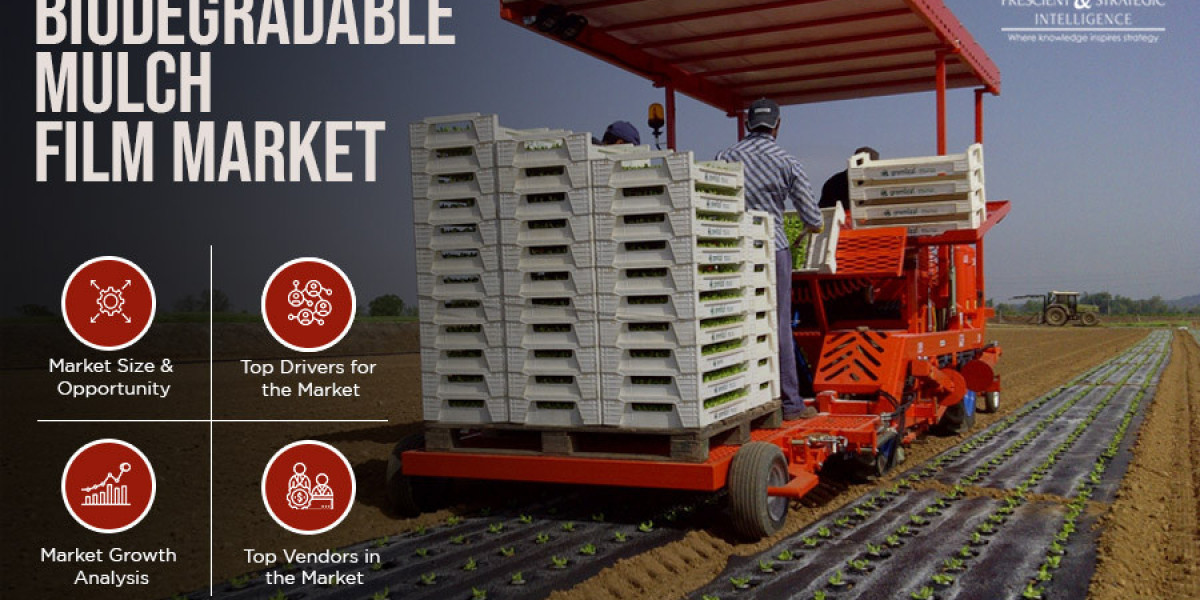The value of the global biodegradable mulch film market stood at USD 50.8 million in 2022, and this number is projected to reach USD 87.8 million by 2030, advancing at a CAGR of 7.1% during the projection period. The market is propelled by the rising awareness about the damaging impacts of inorganic mulching and helpful government guidelines.
In recent years, starch held the largest industry share of approximately 70%. Starch has been the largest raw material till now, because of its numerous advantages, like less expanses, compatibility with dissimilar soil kinds, and ecological sustainability.
Credited to such advantages, the use of starch-based mulch film is rising among end users throughout the world. Starch works as an emulsifier, viscosifier, encapsulant, defoaming agent, and sizing agent in a range of manufacturing applications. Starches are prized for their capability to provide textural properties and also offer gelling or film formation.
The need for biodegradable mulching for fruit & vegetables is rising, credited to its low lifetime cost and the ban on inorganic mulching resources in several nations. Worldwide, nearly 2,500 square miles of agrarian land is utilized for mulching of fruits & vegetables. Approximately 99% of the mulching of fruits & vegetables is done by utilizing polyethylene mulch.
Due to its benefits such as soil protection, reducing soil erosion, and maintaining soil temperatures, polyethylene mulch is spread on top of the soils in crop production. Also, mulching fruits and vegetables helps increase crop yield, weed control, better moisture retention, reduce the use of fertilizers that are released into the soil, or in turn improve plant quality.
Generally, mulching is done with the use of inorganic resources, like black polyethylene results in augmented ecological dangers and human well-being risks worldwide, thus propelling the industry for biodegradable mulch film.
The making of inorganic mulching resources utilizes plastics derived from petroleum, characteristically polyethylene, which causes an issue with mulching waste management. They also damage the atmosphere and cannot be composted. However, components for decomposable mulch films are removed from organic substances such as animals and plants. As per the estimates, inorganic mulching donates to the making of 0.4–0.6 million tons (Mt) of plastic trash yearly in the European Union.
In recent years, APAC had the largest income share of approximately 40%. The surge in the populace in nations of the region has given a hike to the augmented need for food; therefore, agriculturalists have accepted the use of the decomposable mulching method, credited to the adverse effects of inorganic mulching on the atmosphere. The utilization of such film also improves crop harvest, thus making itself the first preference of agriculturalists for mulching in the continent.
Source: P&S Intelligence
